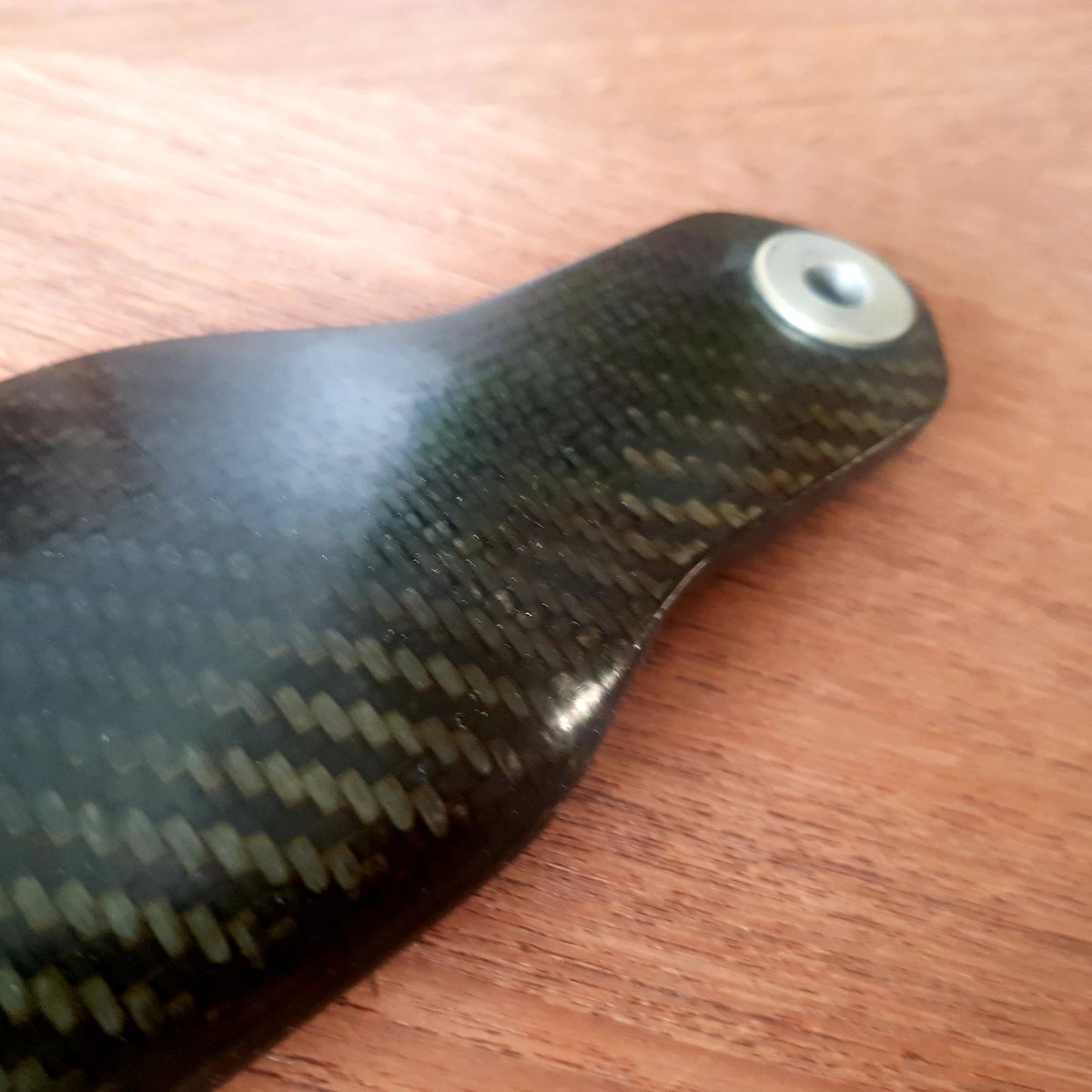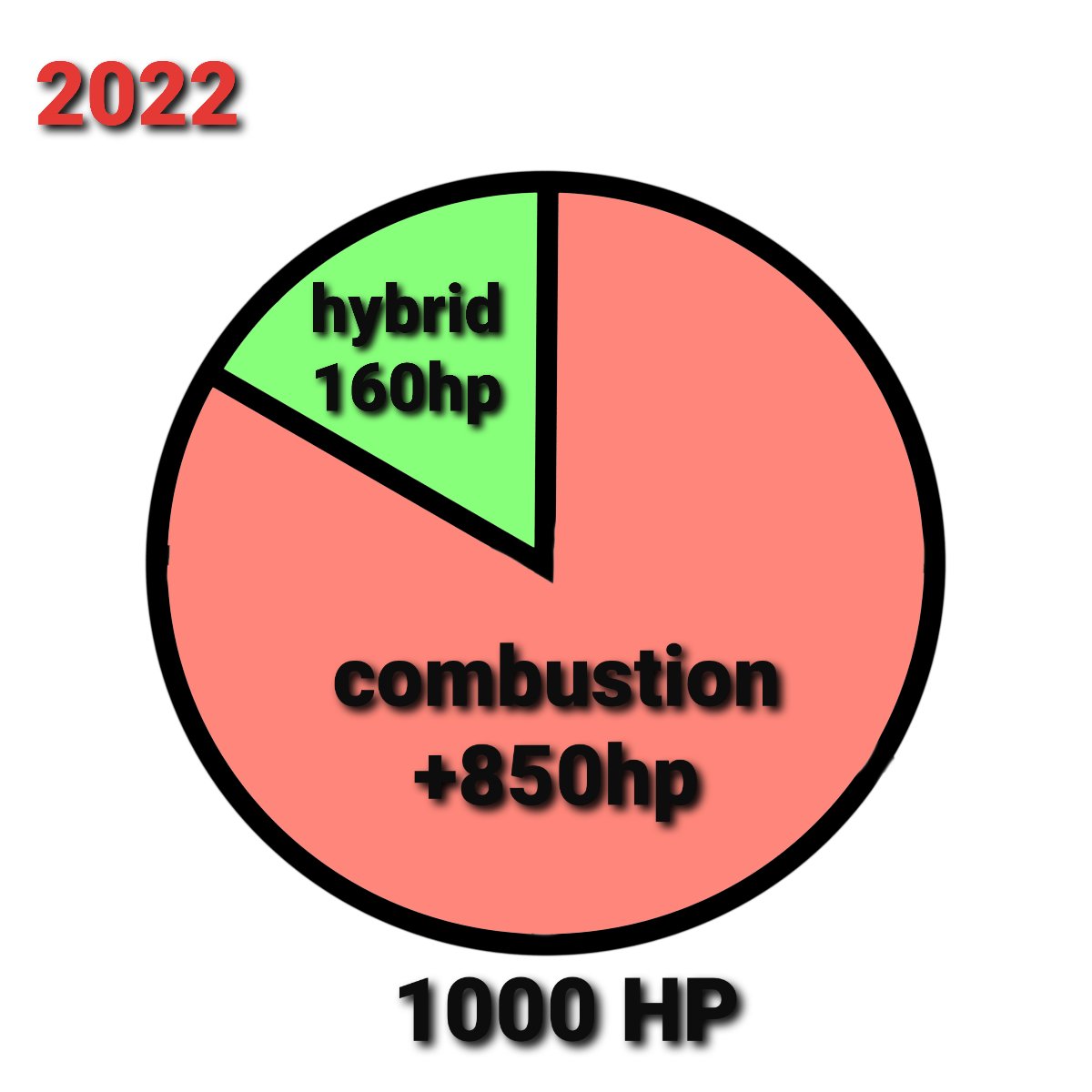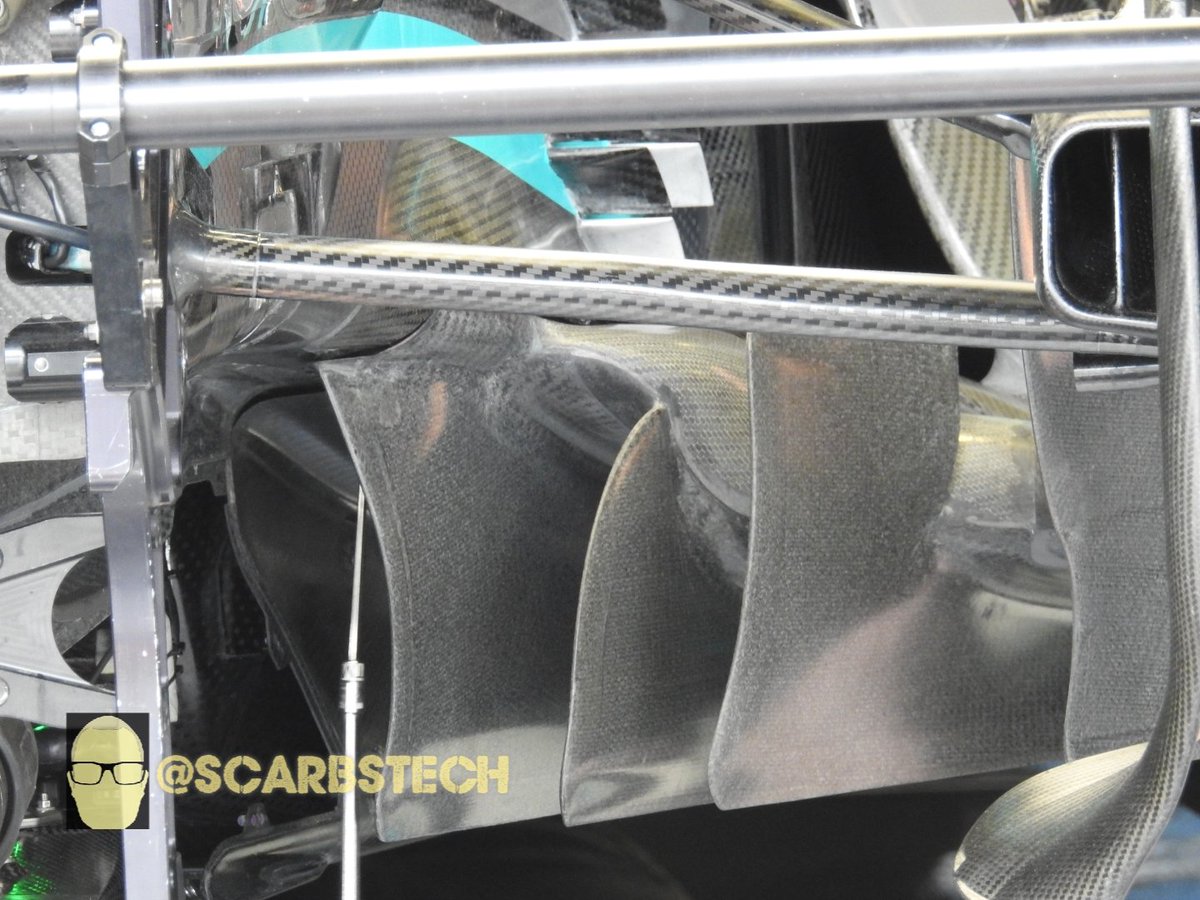
Ride height is critical for an #F1 car, adjustment may be only a by a millimetre. But, how do they adjust it?
Its most commonly done with the push (pull) rod length. By changing shims in the rod.
Thicker shims raise a pushrod ride height. The opposite for pullrod.
#F1 #TechTalk


Its most commonly done with the push (pull) rod length. By changing shims in the rod.
Thicker shims raise a pushrod ride height. The opposite for pullrod.
#F1 #TechTalk



The carbon rod and (typically) metal end are bolted together. Creating space for a shim.
Teams have a lookup table, relating a ride height change to a specific thickness of shim.
There's a box of different sized shims in the garage, matched to the list.
#F1 #TechTalk

Teams have a lookup table, relating a ride height change to a specific thickness of shim.
There's a box of different sized shims in the garage, matched to the list.
#F1 #TechTalk


With the car on its stands in the garage, the bolt can be loosened, to open up the joint, allowing the shim to be removed and new one added.
It's a bit trickier with pull rod as the gap is pressed closed by the weight of the suspension assembly.
#F1 #TechTalk



It's a bit trickier with pull rod as the gap is pressed closed by the weight of the suspension assembly.
#F1 #TechTalk




This shows an old Jordan pushrod. With similar detail to the Caterham mock up pushrod above.
#F1 #TechTalk



#F1 #TechTalk




• • •
Missing some Tweet in this thread? You can try to
force a refresh




















































